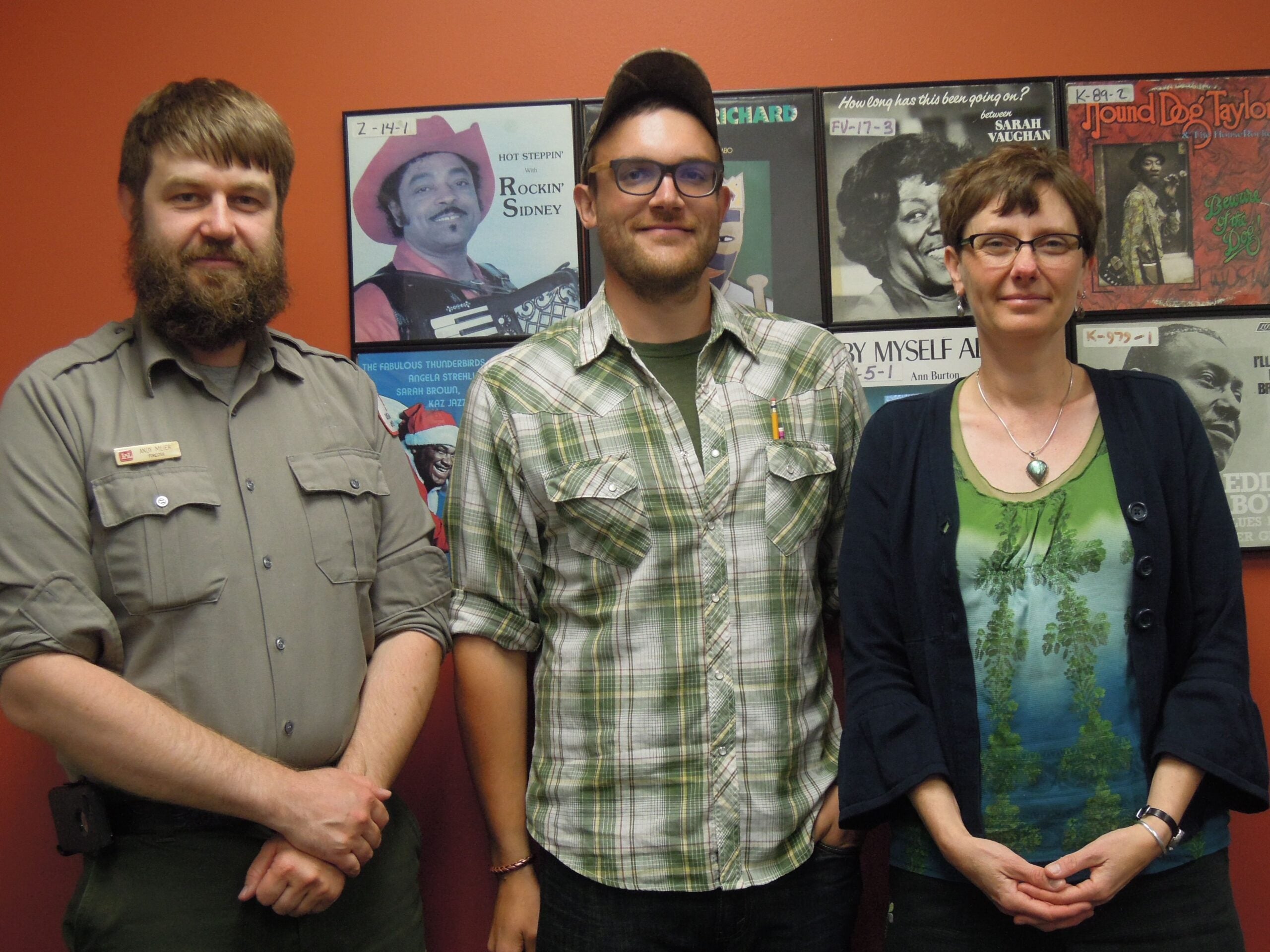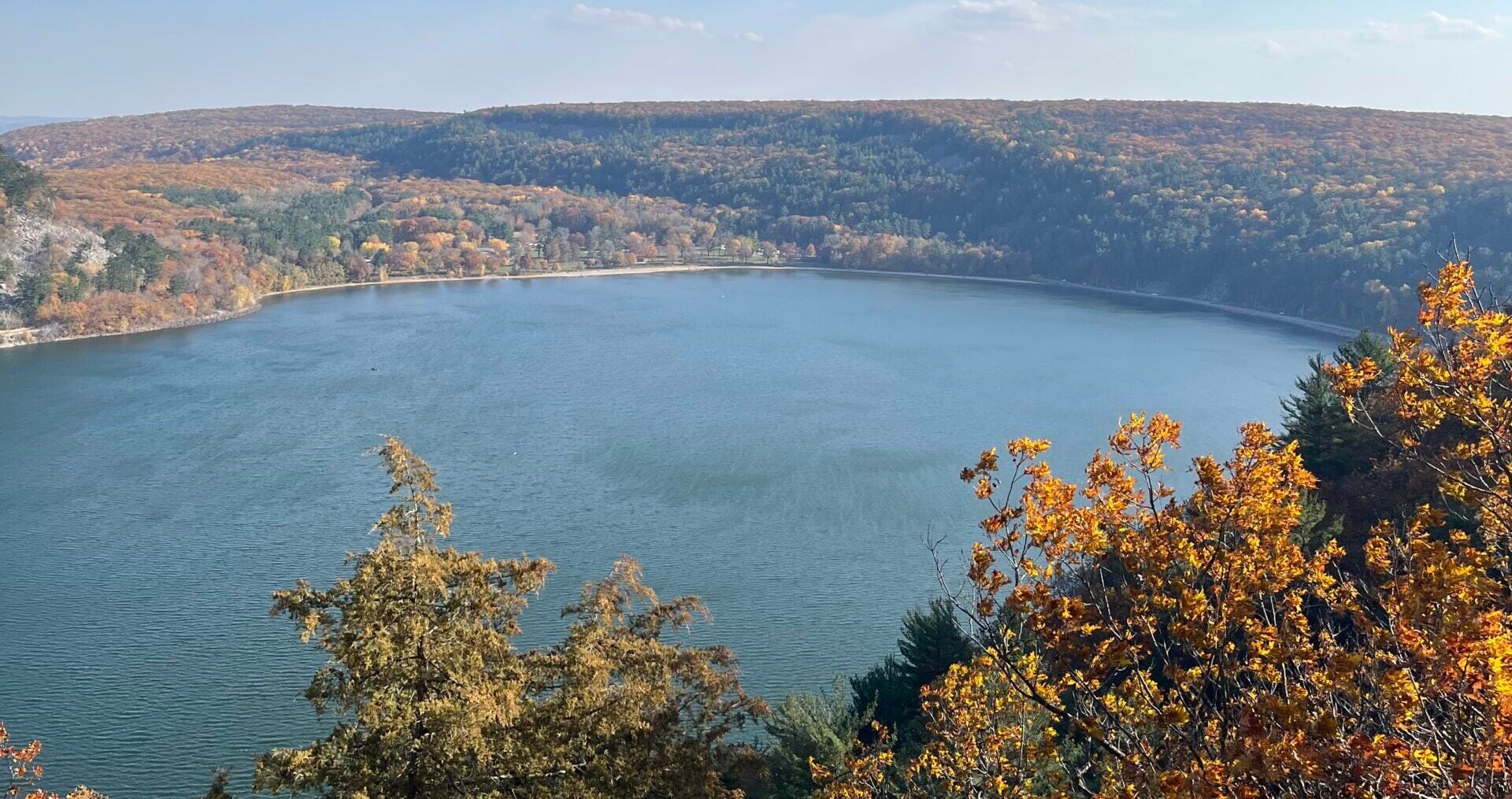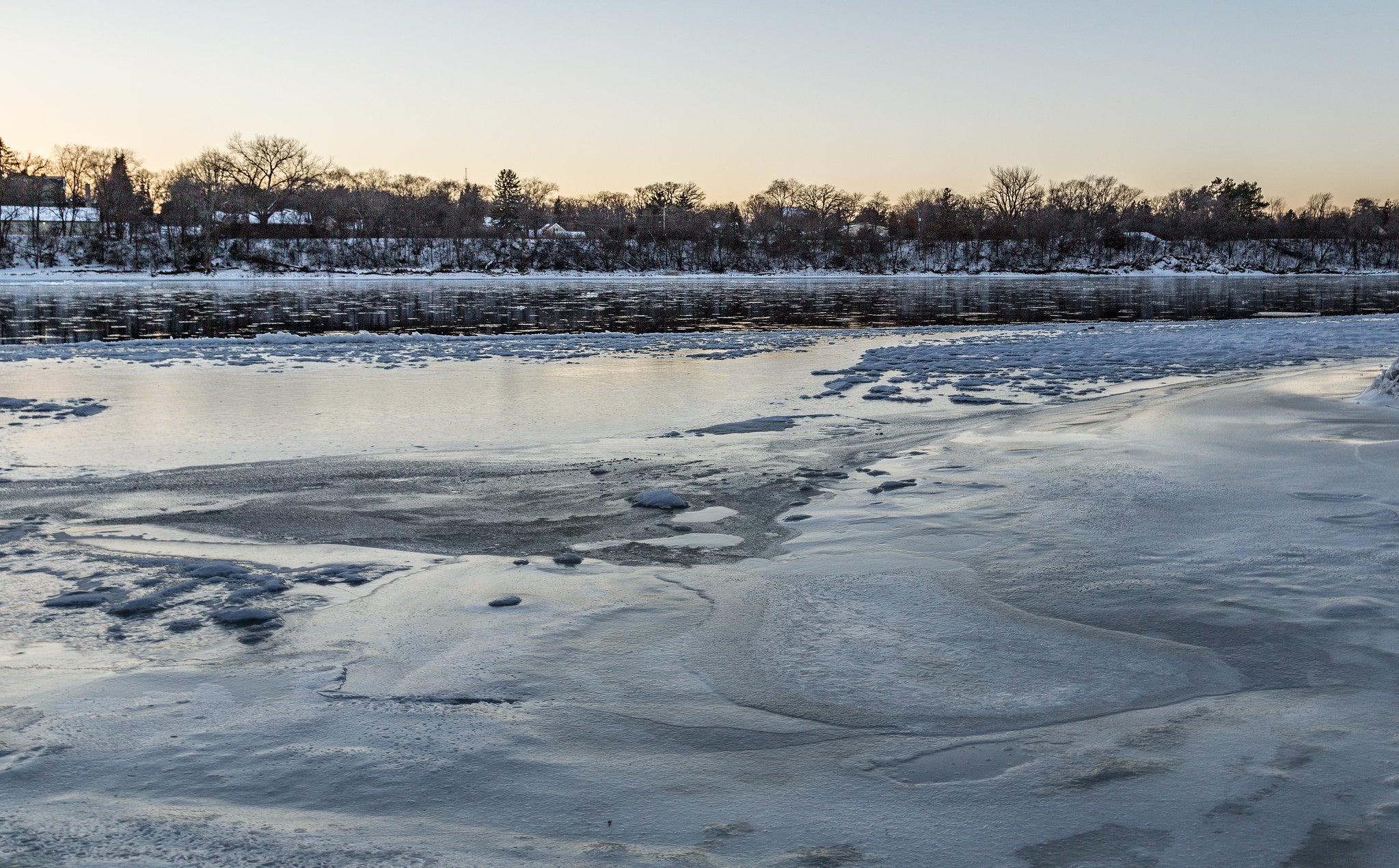Efforts to rejuvenate floodplain forests along the upper Mississippi River are seen as critical to restoring animal habitat and improving water quality.
A number of state and federal agencies have been making spot improvements to existing floodplain forest areas, which once dominated the flood-prone areas of the river before humans settled the upper Mississippi, says University of Wisconsin-La Crosse biology professor Meredith Thomsen.
“Even back to the earliest days of steamboat travel they were cutting wood along the river courses to fuel the steamboats,” she said. “More recently with the creation of the locks and dams, upstream from each lock and dam there’s a large area, that sort of lake-like part of each navigation pool, that would have had forest in it, but has now gone underwater — and that doesn’t support forest anymore.”
Thomsen has been leading student researchers in helping restore floodplain forests over the years. The most recent restoration happened earlier this month near La Crescent, Minnesota. Other agencies involved in restoration projects include the U.S. Army Corps of Engineers, U.S. Fish and Wildlife Service, Minnesota and Wisconsin department of natural resources and the Audubon Society.
Floodplain forests along the 260 river miles of the upper Mississippi National Wildlife and Fish Refuge help provide habitat for about one-third of North America’s bird species. Audubon Minnesota forester Andy Beebe said floodplain forests give the birds protection from humans.
“On the refuge, we have 305 species of birds that use it at any given time, 105 of those species breed on the refuge,” Beebe said. “We have 331 nesting pairs of breeding bald eagles, that represents 5 percent of the U.S. population.”
Trees that can withstand weeks of living underwater — such as silver maple, cottonwood and swamp white oak — are being planted in locations that were once forest, but in many cases are now overrun by the invasive reed canary grass, a fast growing grass common in wetland areas of the state and tends to choke out small trees and other native plants.
The Corps of Engineers manages 28,000 acres of floodplain forestland from Minneapolis stretching south to Prairie du Chien, Wisconsin. Corps of Engineers forester Andy Meier said a lot of areas where floodplain forest regeneration is failing along the upper Mississippi is a result of reed canary grass.
“Obviously, in order to have a forest 100 years from now, we need to have small trees regenerating in the forest right now,” Meier said. “Reed canary grass is part of that big concern about the fact that these forests just are not regenerating on their own. We’re in the process of trying to figure out how we can help them to regenerate more efficiently.”
In addition to birds, fish are also known to spawn and feed in forests during flooding, and water quality is known to improve as farm field runoff is less likely to occur with the root system of trees as opposed to the roots of reed canary grass.
– John Davis
Slideshow: Restoring Floodplain Forests Along The Mississippi River
Episode Credits
- Hope Kirwan Host
- John Davis Producer
- Meredith Thomsen Guest
- Andy Meier Guest
- Andy Beebe Guest
Wisconsin Public Radio, © Copyright 2025, Board of Regents of the University of Wisconsin System and Wisconsin Educational Communications Board.




